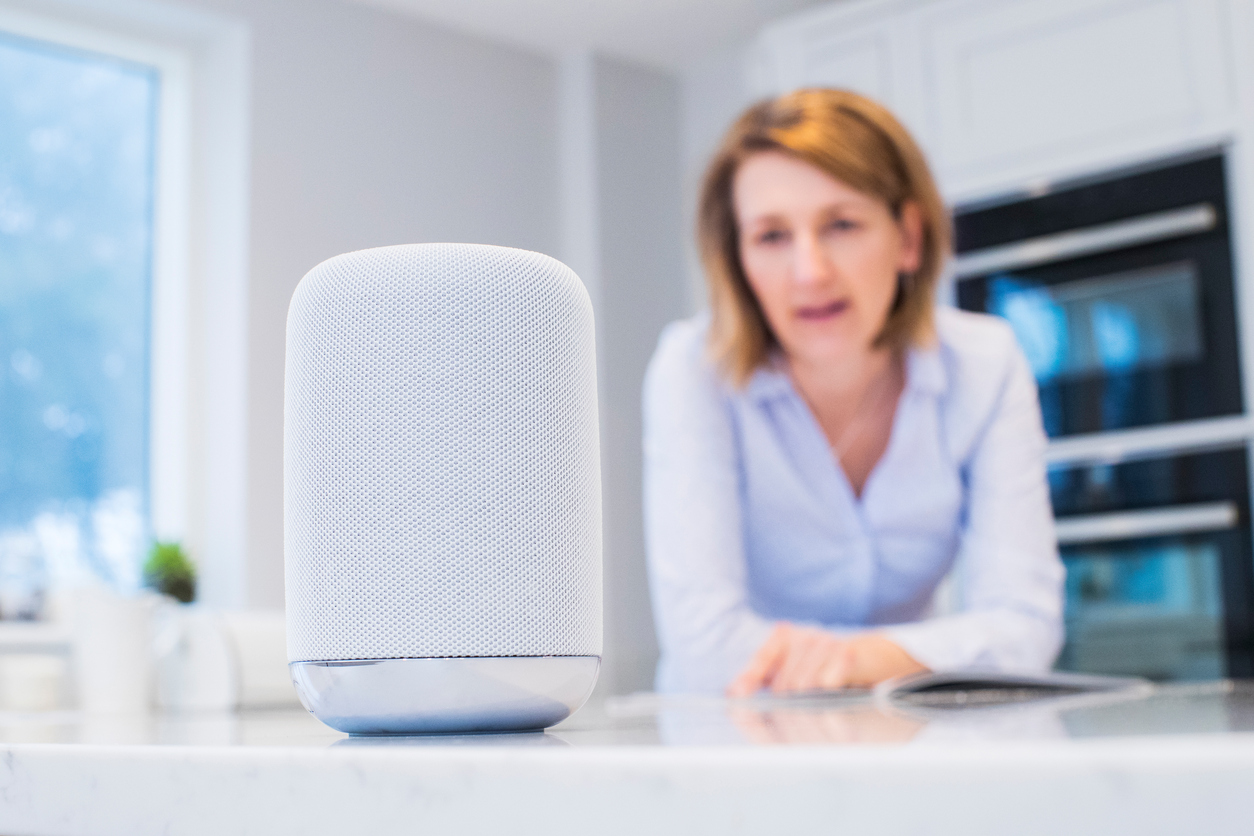Written by Kris Jensen, ACE
For years the Internet of Things (IoT) has been the science-fiction promise looming out of reach on the horizon. But the wait is over for early adopters like advanced manufacturing companies and other high-tech enterprises — and it won’t be long before IoT is a mainstream reality for the rest of us.
It makes a lot of sense that manufacturing has been the first foothold for IoT.
Interconnected sensors and systems within the context of manufacturing plants lead to efficiencies and real-time data analytics that were previously impossible. IoT pioneer GE even coined the phrase “Industrial Internet” to describe how it views the technology. In a global race to drive down manufacturing costs per unit, even slight efficiency improvements can reap dividends at scale.
Leading global manufacturing giants aren’t the only ones that will benefit from IoT. In fact, Mckinsey & Company places the economic impact of IoT at $11.1 trillion per year by 2025, with users of IoT technology (businesses, organizations, governments and consumers) capturing 90 percent of the value that IoT applications will generate.
In its report, “The Internet of Things: Mapping the Value Beyond the Hype,” McKinsey uncovers the real economic value of IoT technology. And it reported that an estimated 70 percent of the value of IoT will be generated in B2B applications.
It isn’t hard to see what’s in it for companies like GE, Siemens, Cisco and other pioneers already investing heavily in the development and advancement of IoT. Yet, what does IoT mean for everyone else? What should companies be doing today to prepare to take advantage of this technology shift?
Here are 3 key takeaways from McKinsey’s IoT report that B2B companies need to know:
1. IoT is a data buffet, but most businesses aren’t eating what’s already on their plates.
The biggest IoT benefit is a richer stream of data available to support data-driven decision making within businesses. Yet, according to the study, businesses are using less than one percent of currently available data in decision making. The challenge businesses face is interpreting copious amounts of data and understanding what is — and is not — important in a timely manner. Adding exponentially more data only compounds the problem of data overload.
Smart companies will begin to invest today in developing data analytics and modeling capabilities that can grow to support their long-term business decision-making needs.
2. Earning and keeping customer trust and loyalty will take on new meaning.
How does your product or service work with similar devices and services? The report found that not only can this impact customer satisfaction, but interoperability among systems and devices will account for 40 percent of the potential value of IoT.
As things become increasingly connected, consumers will continue to expect that the devices in their lives fit together into a seamless technological ecosystem. IoT will usher in an increased emphasis on product customization for customers. Providing them with the perfect fit for each and every unique customer will be an ongoing challenge for manufacturers as the pace of innovation quickens. An interesting recent B2C application is Target’s Open House concept, which showcases how IoT is already making in-roads into the average American’s home.
3. IoT will introduce new security and privacy concerns for businesses offering Internet-enabled products and services.
What safeguards are in place to protect privacy and security for customers whose data you are collecting or transmitting? Will IoT change how government regulators and policymakers view your product or service? What redundancies are in place to hedge against service interruption for customers? Businesses of all types in the IoT era will need to consider these questions and more.
In the last two weeks alone, United Airlines grounded flights worldwide for an hour due to a computer connectivity issue, and the New York Stock Exchange halted trading for several hours due to network issues. While neither of these cases are necessarily the result of cyberattacks, they do underscore how dependent businesses are on Internet connectivity.
The more devices and systems that are connected, the more opportunities that exist for a breach. When the products we sell, the services we provide and the customers we engage with are all interwoven into IoT, protecting our data and our networks from cybercrime will be paramount.
What’s the path forward?
As the report states, “in almost all settings, IoT systems raise questions about data security and privacy. And in most organizations, taking advantage of the IoT opportunity will require leaders to truly embrace data-driven decision making.”
If every company will be impacted in some way by IoT, what can be done today to stay ahead of the wave? Companies need to reflect upon their unique place in the market and think about how IoT is likely to impact their customers’ expectations. The lines are blurring between technology companies and companies that use technology for service delivery, and businesses need to own the responsibility of being understood in the marketplace — customers won’t do it for them.
How do you foresee IoT impacting B2B and B2C interactions? How will it evolve (or is it already evolving) organizations, government institutions or customer relationships? Tell us below in the comments.
Follow the author at @krisjensen or connect with Kris on LinkedIn.






